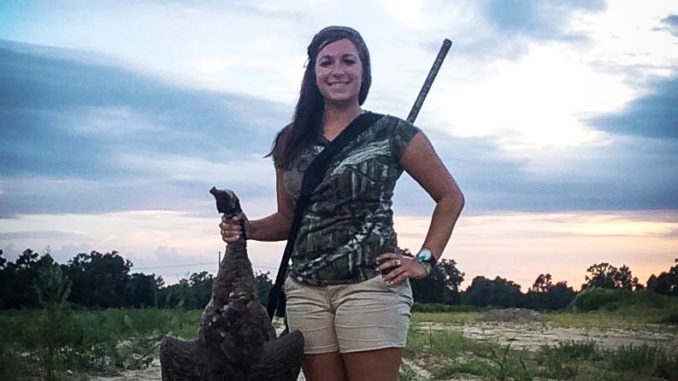
With the deer season just around the corner, this year’s batch of cool-season food plots should be in the planning stage. For landowners with a field full of maturing grain intended for this year’s migratory flock of ducks, it is time to safeguard crops from resident Canada geese.
While Canada geese appear to lack intelligence, they have good survival instincts and can eat their weight in tender seed heads when in a safety zone lacking any threats to their lives. Geese are grazers, but they need a full view around them, so vegetation must be low to the ground.
New food plots planted near or adjacent to a pond or other water source may have issues if Canada geese are already using the area. However, these new food plots can be planted just away from the water, leaving a high, vegetated buffer between the food plot and the water. Also, a high, vegetated buffer can be left standing around the perimeter of the food plot as well to deter usage by nuisance geese.
Typically, waterfowl impoundments are constructed within a dike/ditch system, and the ditches will usually hold water for most of the year. In an effort to prevent goose usage, the dikes and perimeter ditch banks should remain vegetated with shrubs, saplings, and high grasses. Ducks generally prefer a certain level of cover around their food source; therefore, these banks and dikes can remain vegetated with thick brush to discourage usage by geese.




Be the first to comment